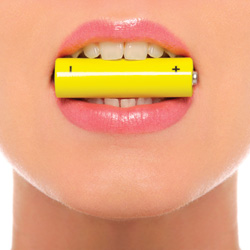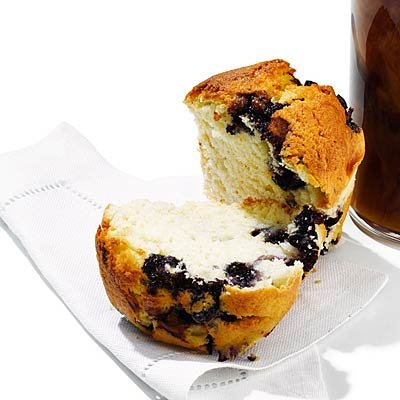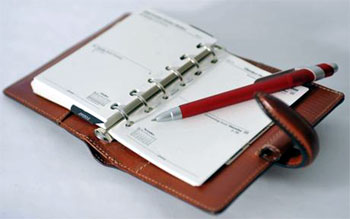In dysphagia patients and elderly, swallowing made easy through 3D-printed food
 In dysphagia patients and the elderly who have difficulties swallowing, eating has now been made easier through 3D-printed food. The EU-funded PERFORMANCE project has found a new way for seniors who have difficulty swallowing and patients with dysphagia to easily swallow food that has been 3D-printed.
In dysphagia patients and the elderly who have difficulties swallowing, eating has now been made easier through 3D-printed food. The EU-funded PERFORMANCE project has found a new way for seniors who have difficulty swallowing and patients with dysphagia to easily swallow food that has been 3D-printed.
Dysphagia or difficulties swallowing may occur due to stroke or dementia, and based on the PERFORMANCE project results, we may be seeing printed food in our local supermarkets.
Current dysphagia diets are based on pureed or pre-mashed food, but this diet can contribute to loss of appetite, resulting in malnutrition. The PERFORMANCE project replicates the original food items, allowing individuals to still experience the food texture and look. Not only does this replicated food look and taste like the original, but they had added extra nutrients as well to fortify it and maximize the benefits.
The food is specifically altered to include added benefits specific to the patient’s weight, size, sex, and deficiencies. The food contents can always be altered to adjust to the patient’s changing needs.
The biggest challenge for the project was getting the food to look as closely as possible to the original. Pascal de Grood, founder and CEO of project partner Foodjet, explained, “Printed puréed food needs to be firm after printing, but liquid enough to dispense from the printing heads. We use a printing technology based on jet printing. A gelling agent supports the shaping of the puréed and strained food. On the one hand, the gelling agent needs to be compatible with the printing system, while on the other hand, the printing system must support food matrices such as meat, carbohydrate, and vegetables.” The system only uses natural ingredients and natural texturizer to ensure the printed food is as close of a replica to the original food.
The PERFORMANCE project is already being tested among target markets, and consumer testing occurred in care homes. Project manager Sandra Forstner shared some of the preliminary results: 54 percent rated the texture as good, 79 percent found the meals evenly heated, and 43 percent would choose PERFORMANCE meals for swallowing or chewing difficulties.
It may still be a long way to go before 3D-printed food hits the market, but the team continues to push for a breakthrough.
Dysphagia prevention and treatment options
Prevention of dysphagia and swallowing issues is complicated, as there are many different reasons as to why a person may develop swallowing difficulties. Reducing your risk of stroke and dementia can help to lower your risk of developing dysphagia. Detecting swallowing complications early on can help slow down progression of dysphagia and begin the necessary treatment.
Treatment of dysphagia and swallowing difficulties aims to target the underlying cause. Some treatment options include swallowing therapy, dietary changes, feeding tubes, medications, and even surgery, depending on severity.
You will have to work with a team of doctors and specialists, which may include a nutritionist and speech therapist, but as long as your team works together, you can be sure you are receiving the best treatment for your diagnosis.
High risk with not swallowing pills correctly
Growing up, you might remember your parents and guardians warning you to stay away from substances, such as drain cleaners and strong detergents. Swallowing them can cause serious health damage, including esophagitis. Well, it turns out that if pills get caught in our throat, they can also cause esophagitis. Continue reading…
-
How to Lose Stomach Fat Safely and Effectively
Learning how to lose stomach fat safely and effectively is not as d
-
Potent Approaches To A diet In Daily Life
Numerous people have sincerely excellent intentions when they share ad
-
A Diet Made For You Will Make All The Difference
To achieve your goals you need a diet that takes into account who you
-
Using Twitter Helps People Lose Weight
Twitter, a popular social media outlet now has another purpose, s
-
Dropping Your Christmas Belly At Home
In the event youve packed on a bit of we
-
Information Concerning Weight Loss Products
When it comes to weight loss products there is a huge amount of possib
- DON'T MISS
- Top 5 Excuses Why You Cant Achieve Healthy Weight Loss
- How to Lose Weight With PCOS or PCOD
- Cardio In The Morning - Dont Do That On An Empty Stomach
- Breakfast How Not To Start The Day Part II
- Weight Loss Supplements For Improving Nutrition
- Lose That Fat – Eat Weight Off
- Belly Fat Exercises
- Dieting vs Exercise for Weight Loss
- Learn Ten Easy Strategies For Long-term Healthy Weight Loss.
- Why I exercise - because I LOVE it!




